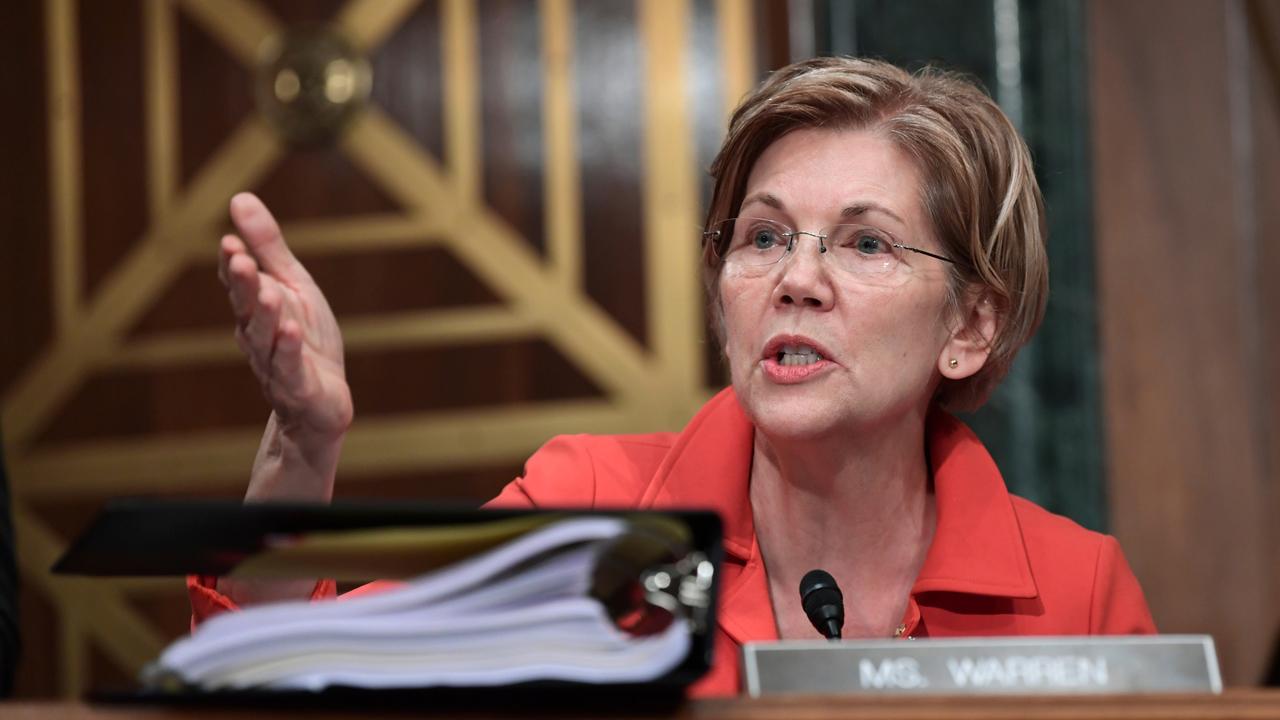Elizabeth Warren wants to 'cancel' student debt for millions
Democratic Massachusetts Sen. Elizabeth Warren announced a proposal on Monday aimed at alleviating the student loan debt crisis by largely eliminating the obligations altogether.
The 2020 Democratic presidential candidate wrote in a blog post on Medium that she would like to cancel $50,000 in student debt for individuals with household incomes below $100,000 – or about 42 million people. American households with higher incomes, up to $250,000, would also see some of their debt written off as well. The $50,000 cancellation amount would phase out by $1 for every $3 in income above $100,000.
Individuals with incomes of more than $250,000 would not have their debts reduced.
Warren says the cancellation would take place automatically using data the government already has available to it.
Outstanding student loan debt has doubled over the past decade to more than $1.5 trillion in 2018 and is now second only to the amount of mortgage debt held by Americans. It has been named as a contributor to declining home ownership rates among young adults.
The Massachusetts lawmaker also wants to make college tuition free for all Americans, with the opportunity to attend either a two- or four-year course at a public institution at no cost.
Warren’s office estimates her student debt cancellation proposal would cost $640 billion, while the Universal Free College program would bring the total up to $1.25 trillion over the course of the decade.
CLICK HERE TO GET THE FOX BUSINESS APP
Warren said that would be entirely covered through a tax proposal she announced earlier this year, which she calls the “ultra-millionaire tax.” The tax would be equal to 2 percent for those with more than $50 million in assets, but would rise to 3 percent for those who have assets valued at more than $1 billion.
According to economists from the University of California, Berkeley, who helped write the proposal, the tax would raise $2.75 trillion over the course of a decade. It would only apply to less than 0.1 percent of the population or about 75,000 families.




















